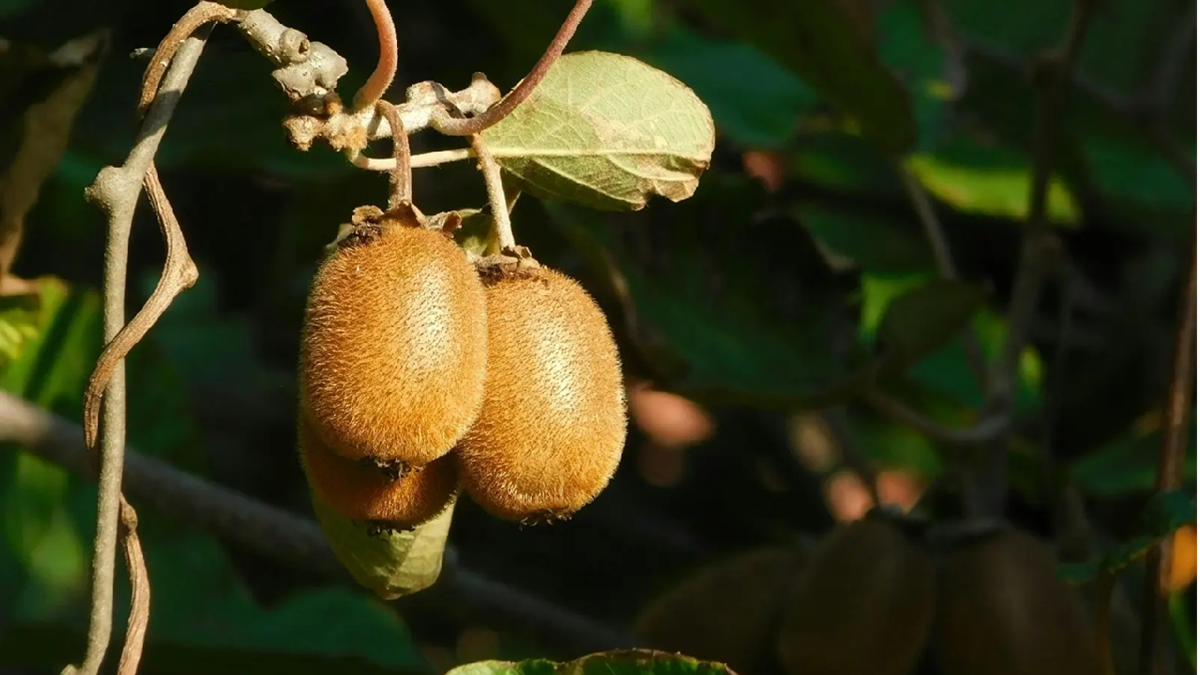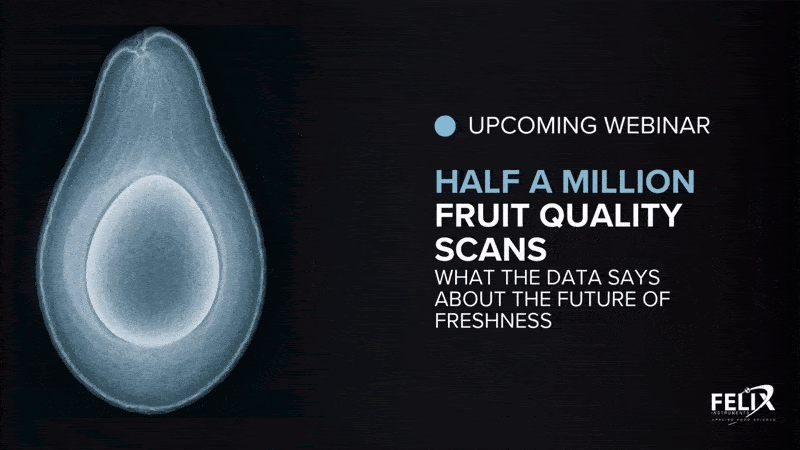Measurements
The Application of NIR-Spectroscopy using the F-750 Produce Quality Meter to Predict the Harvesting Maturity, Fruit Ripening and Storage Ability of Ca-chitosan Treated Baby Kiwifruit
In this study, near infrared (NIR) spectroscopy was performed to establish a non-destructive method to predict the harvesting maturity, fruit ripening and storage ability of Ca-chitosan treated baby kiwifruit. Destructive measurements of firmness, dry matter (DM), soluble solids content (SSC), and acidity was performed. The calibration range investigated for dry matter content (DM) and SSC using NIR reflectance spectrums were observed at 729 to 975 nm wavelengths. NIR spectra of kiwifruit were measured using NIR-spectroscopy system F-750 spectrophotometer (Felix Instruments, WA, Camas, USA) with an internal white reference shutter to normalize collected data. NIR predictions of those quality factors were calculated using the modified partial least square regression method. The predicted R2 value for DM and SSC was 0.73, and the standard error deviation (SED) value was greater than 2. The
18 January, 2019
In this study, near infrared (NIR) spectroscopy was performed to establish a non-destructive method to predict the harvesting maturity, fruit ripening and storage ability of Ca-chitosan treated baby kiwifruit. Destructive measurements of firmness, dry matter (DM), soluble solids content (SSC), and acidity was performed. The calibration range investigated for dry matter content (DM) and SSC using NIR reflectance spectrums were observed at 729 to 975 nm wavelengths. NIR spectra of kiwifruit were measured using NIR-spectroscopy system F-750 spectrophotometer (Felix Instruments, WA, Camas, USA) with an internal white reference shutter to normalize collected data. NIR predictions of those quality factors were calculated using the modified partial least square regression method. The predicted R2 value for DM and SSC was 0.73, and the standard error deviation (SED) value was greater than 2. The correlation between the actual value and predicted model of DM were r = 0.74. The correlation between the predicted DM content and the actual SSC, using SSC model was r = 0.65. The correlation between the predicted value of SSC and the actual value of SSC (baby kiwifruits ripen with ethylene) was r = 0.48, which was lower than the actual SSC model. Further, Ca-chitosan pre-harvest treatment on baby kiwifruit showed considerable effects on baby kiwifruit quality. The actual DM content of untreated fruits was 21.4% and it was 22.3% in Ca-chitosan treated fruits. Also, the predicted DM content was significantly high in Ca-chitosan treated fruits (22.7%) compared to untreated fruits. NIR spectroscopy is an effective and efficient method to measure DM and SSC to determine the fruit harvest maturity hence, date of harvest and storability for quality baby kiwifruits from the marketing point of view. Picture Quality Assurance Specialist, Gabe Newman, testing the F-750 Produce Quality Meter and F-751 Avocado Quality Meter, Felix Instruments Reference Application of NIR-Spectroscopy to predict the harvesting maturity, fruit ripening and storage ability of Ca-chitosan treated baby kiwifruit J. G. Kim1,2*, Y. Park3, M. H. Shin1, S. Muneer1, R. Lerud4, C. Michelson4, D. Il Kang1,J. H. Min5 and H. M. P. Chamidha Kumarihami1,6 1 Department of Horticulture, College of Agriculture and Life Sciences, Gyeongsang National University, Jinju 52828, Korea. 2 Institute of Agriculture and Life Science, Gyeongsang National University, Jinju 52828, Korea. 3 Division of Special-Purpose Trees, Korea Research Institute, Suwon 16632, Korea. 4 Felix Instruments, 1554 NE 3rd Avenue, Camas, WA, 98607, USA. 5Department of Horticultural Science, College of Agriculture and Life Science, Chungnam National University, Daejeon, 34134, Korea. 6Department of Crop Science, Faculty of Agriculture, University of Peradeniya, Peradeniya, 20400, Sri Lanka.Journal of Stored Products and Postharvest Research, Vol. 9(4), pp.44-53, June 2018DOI: 10.5897/JSPPR2018.0257












